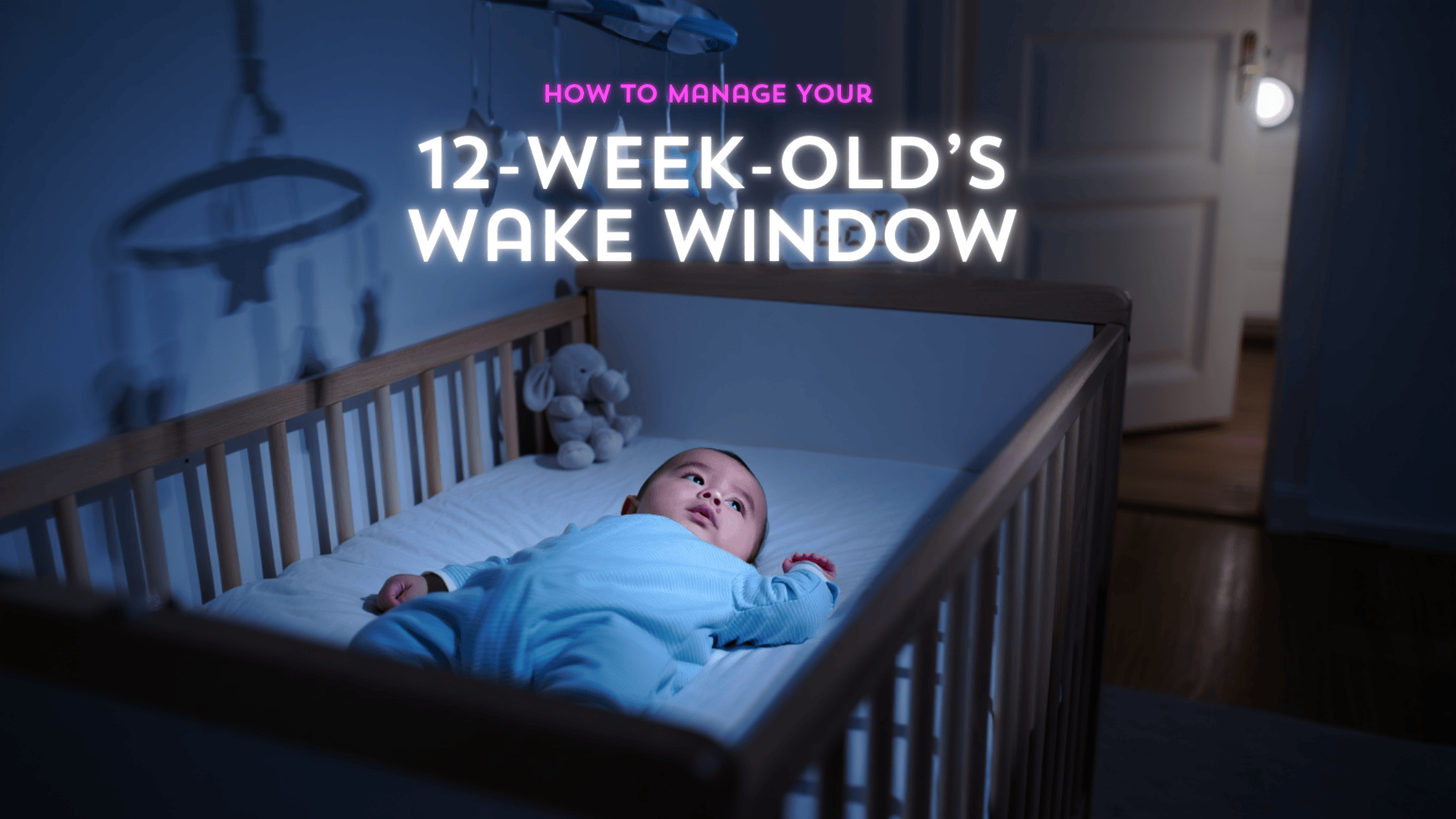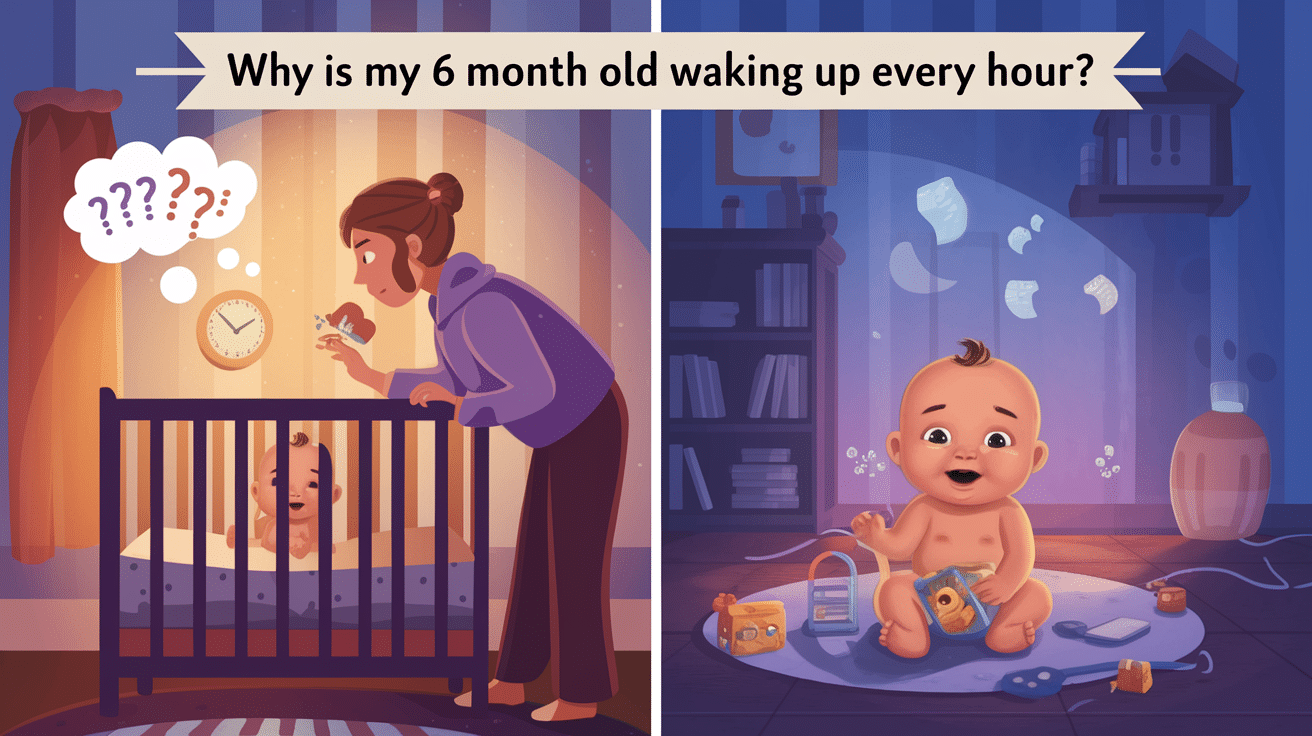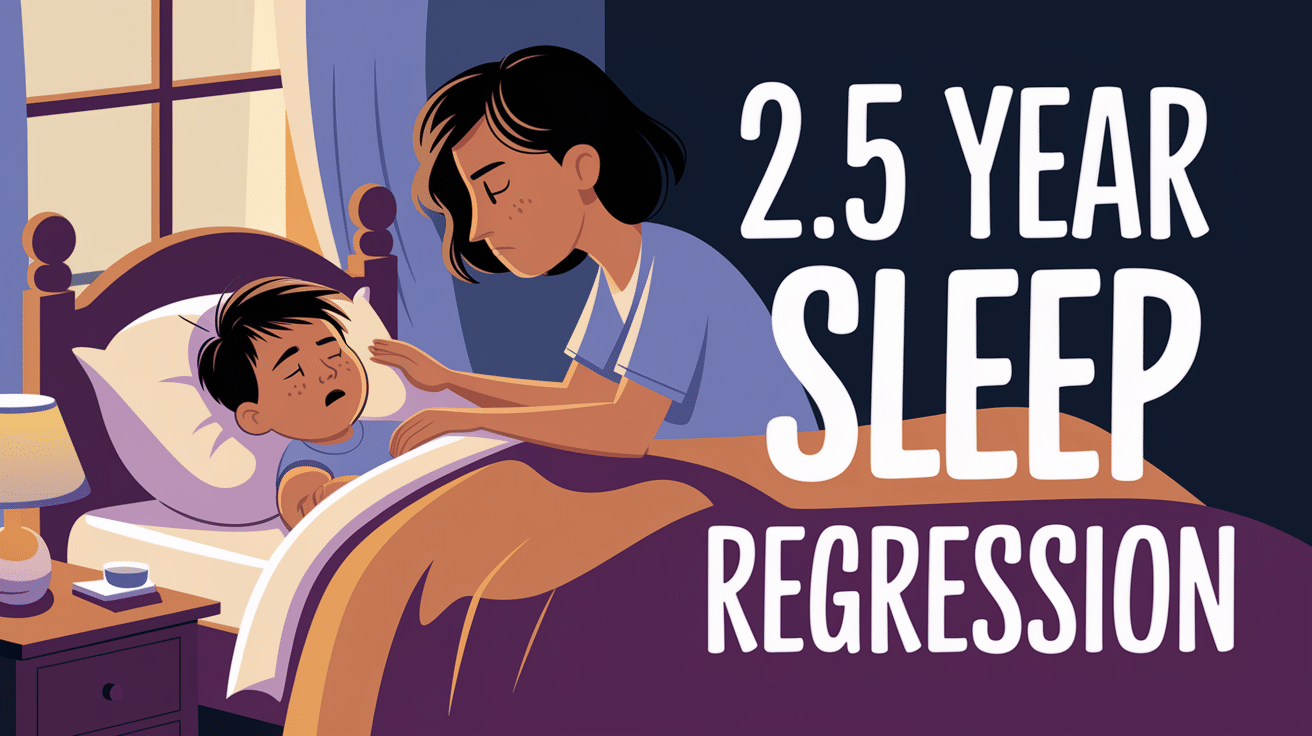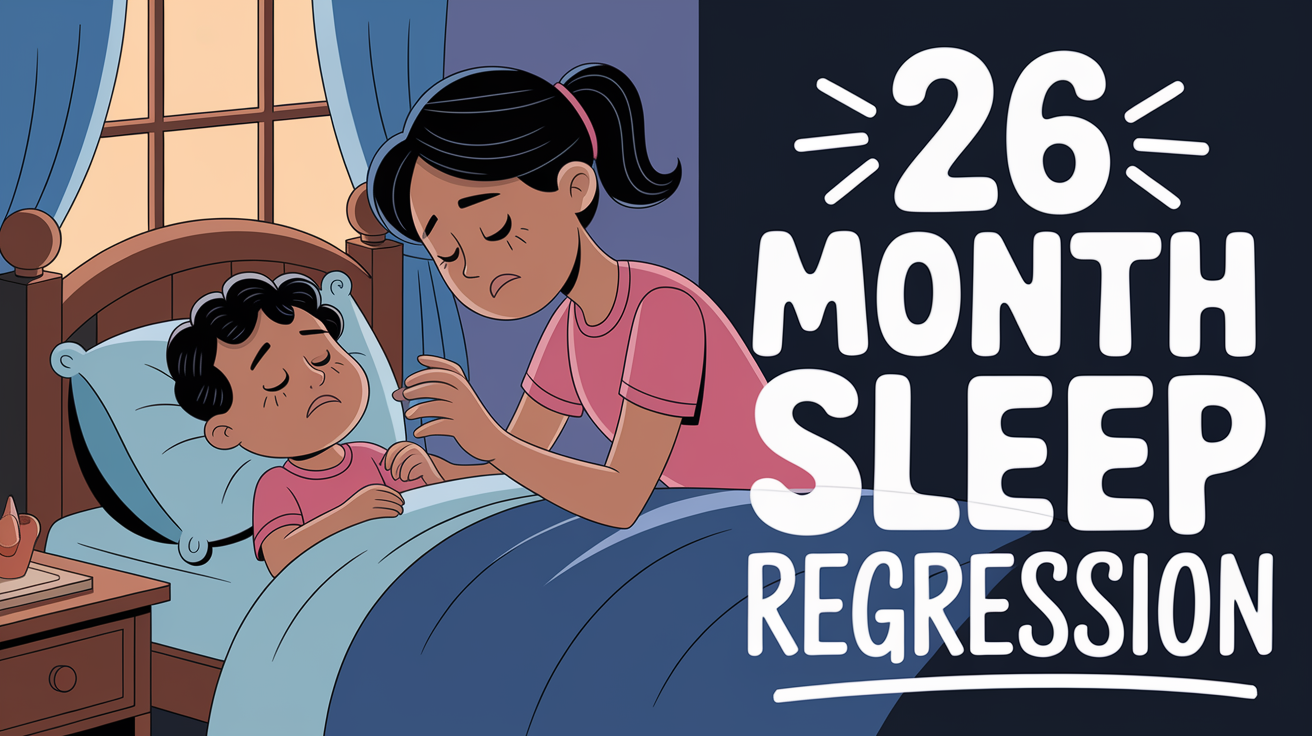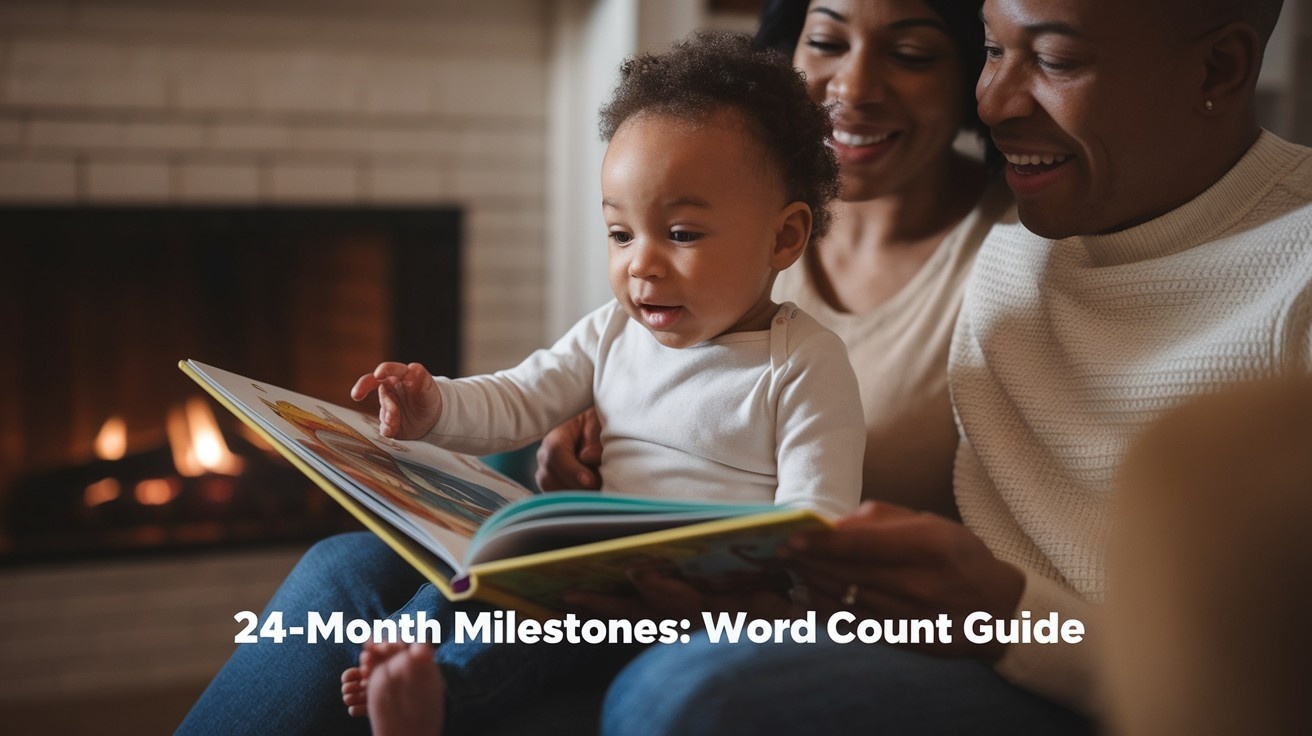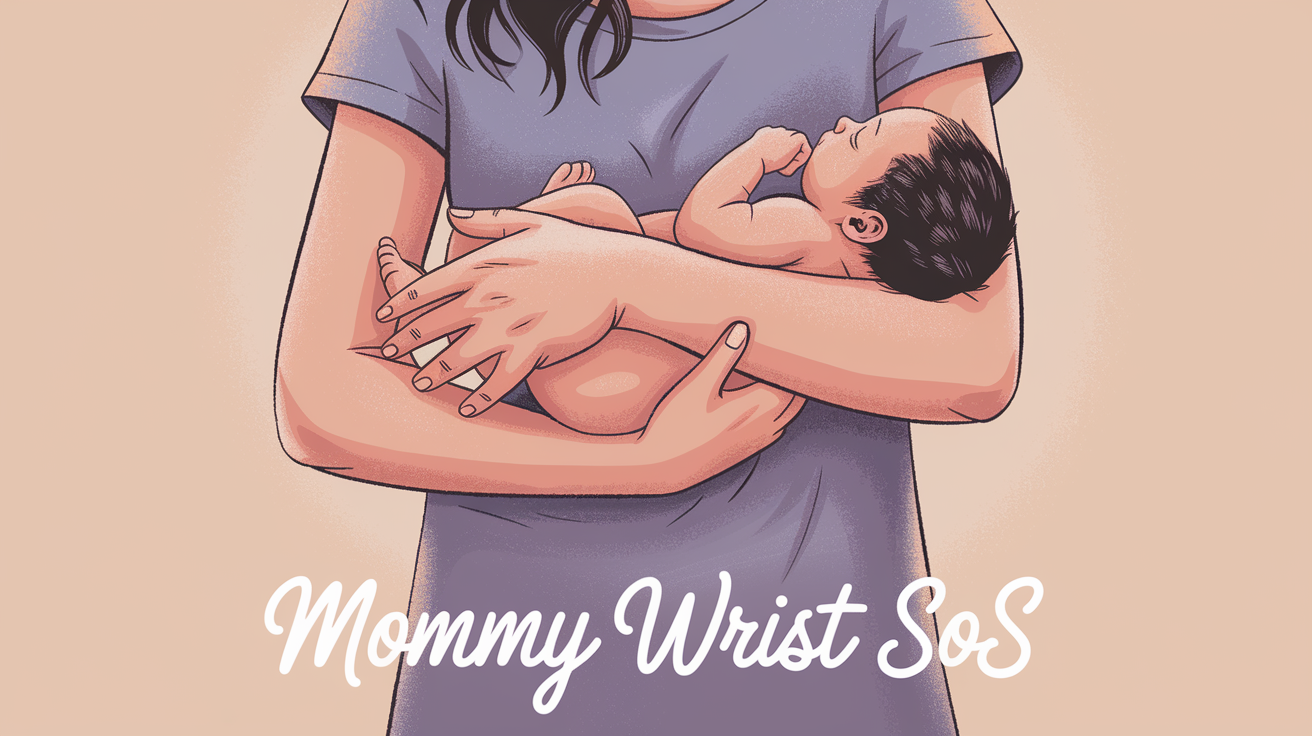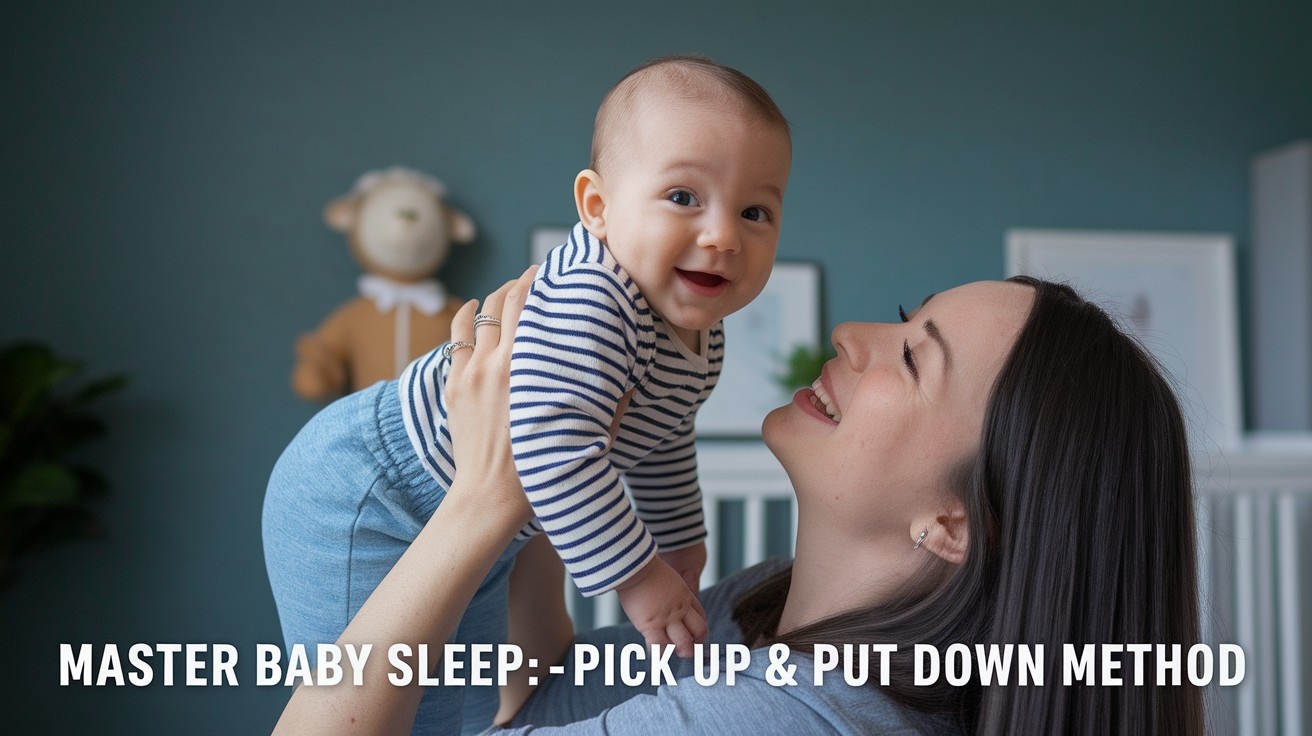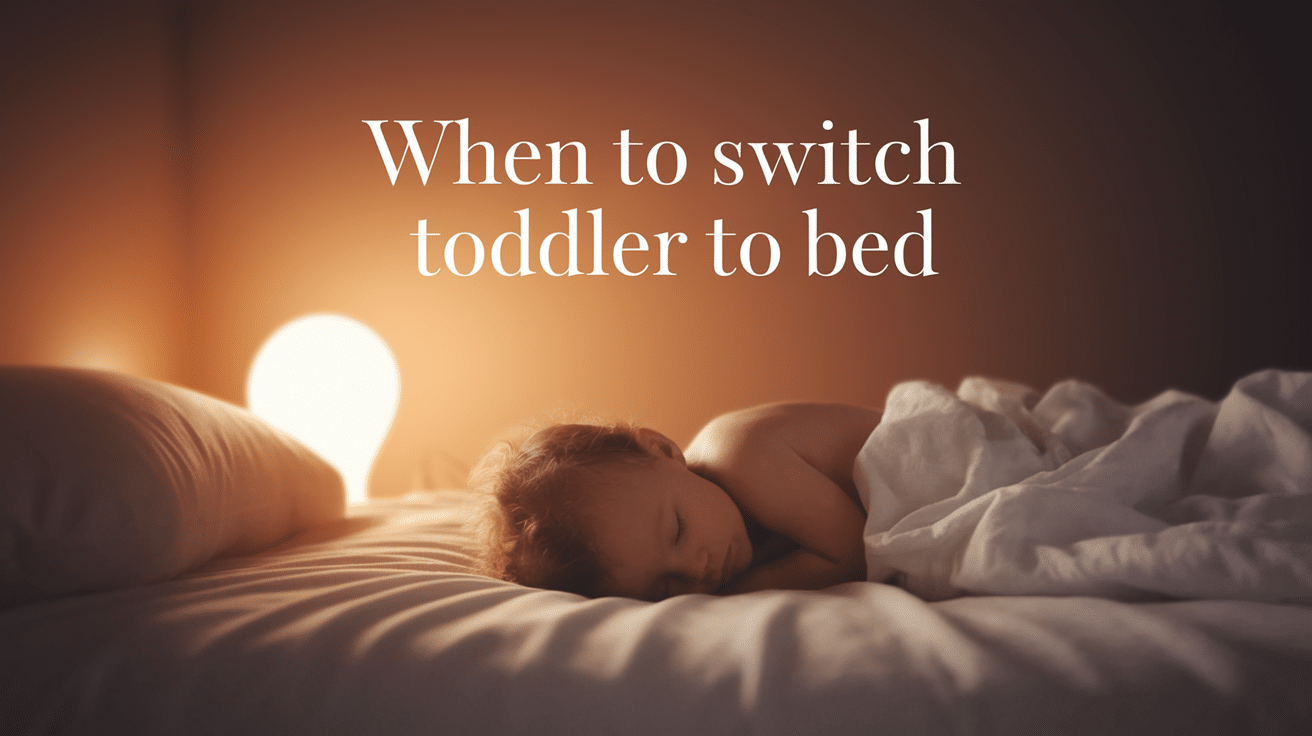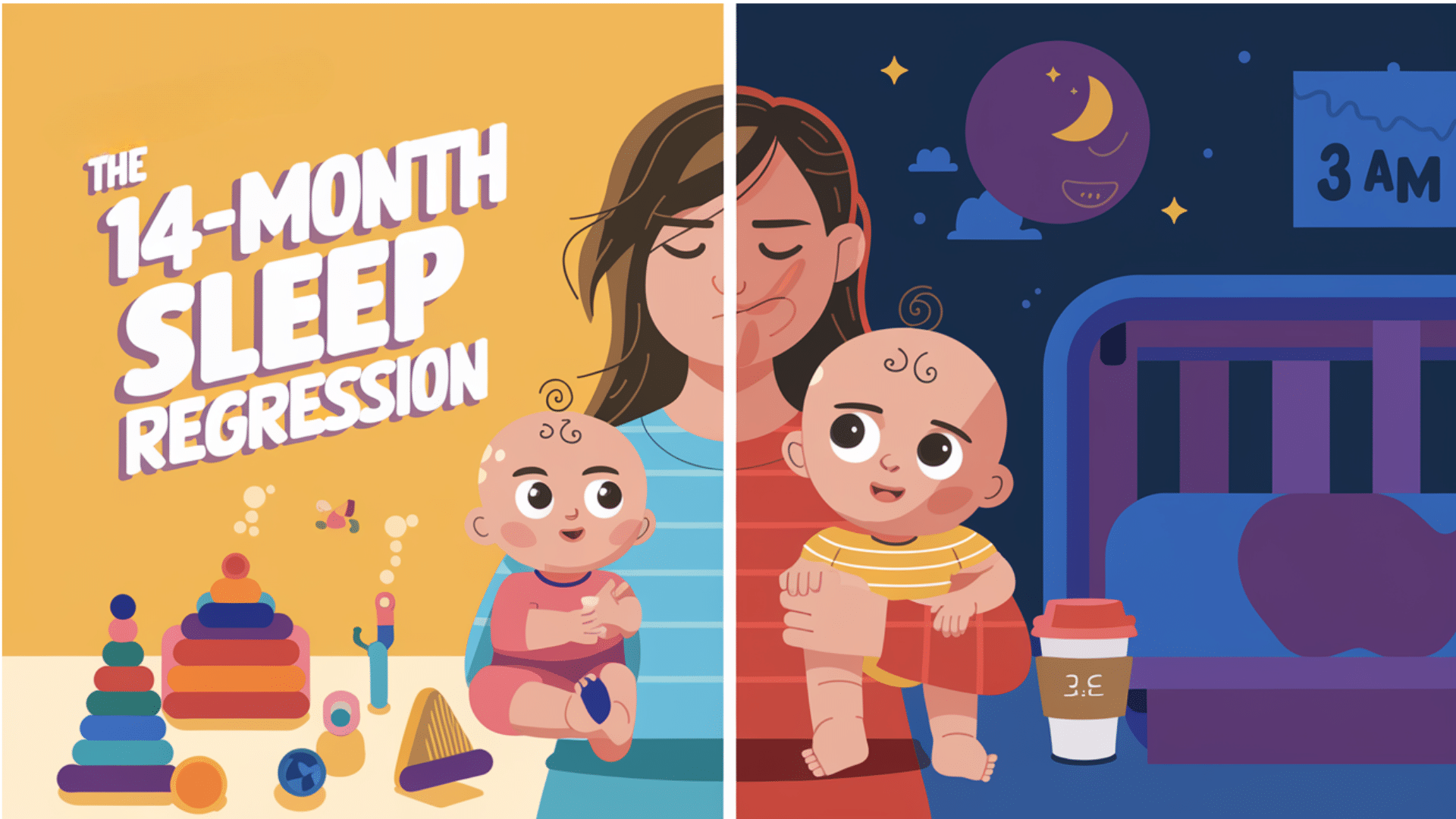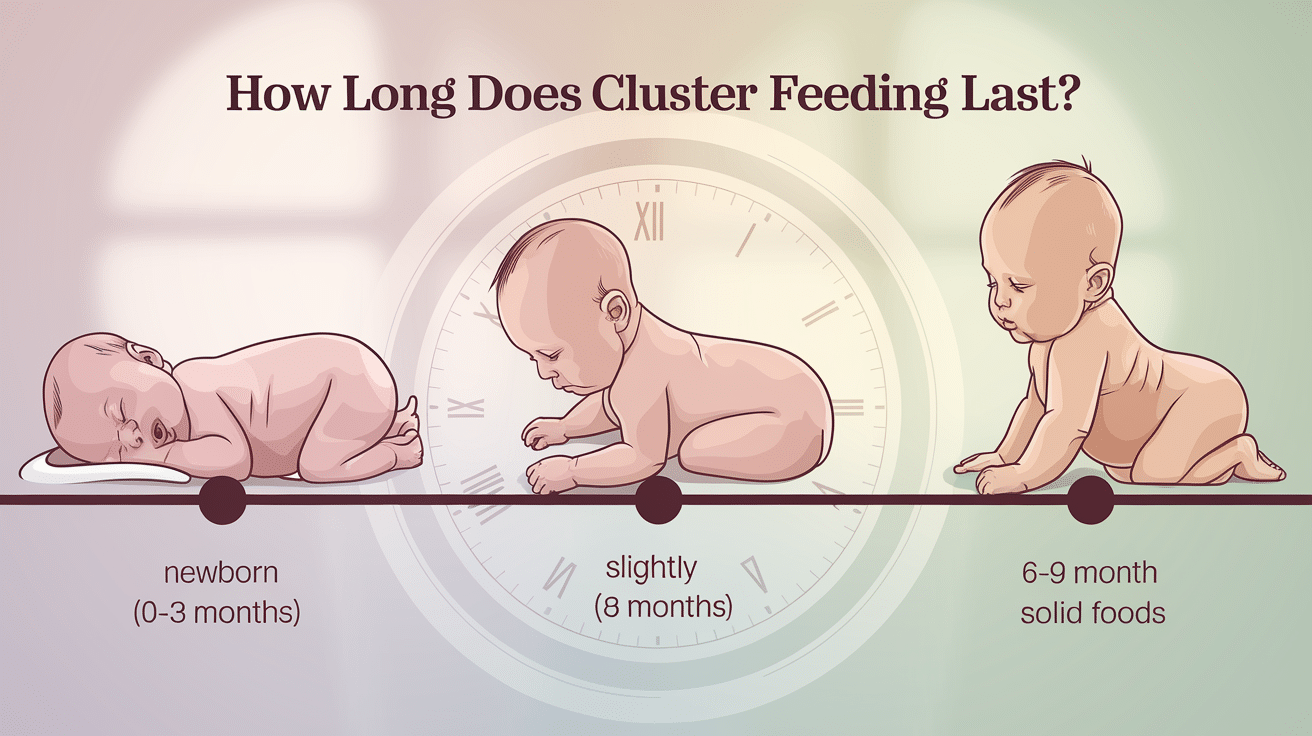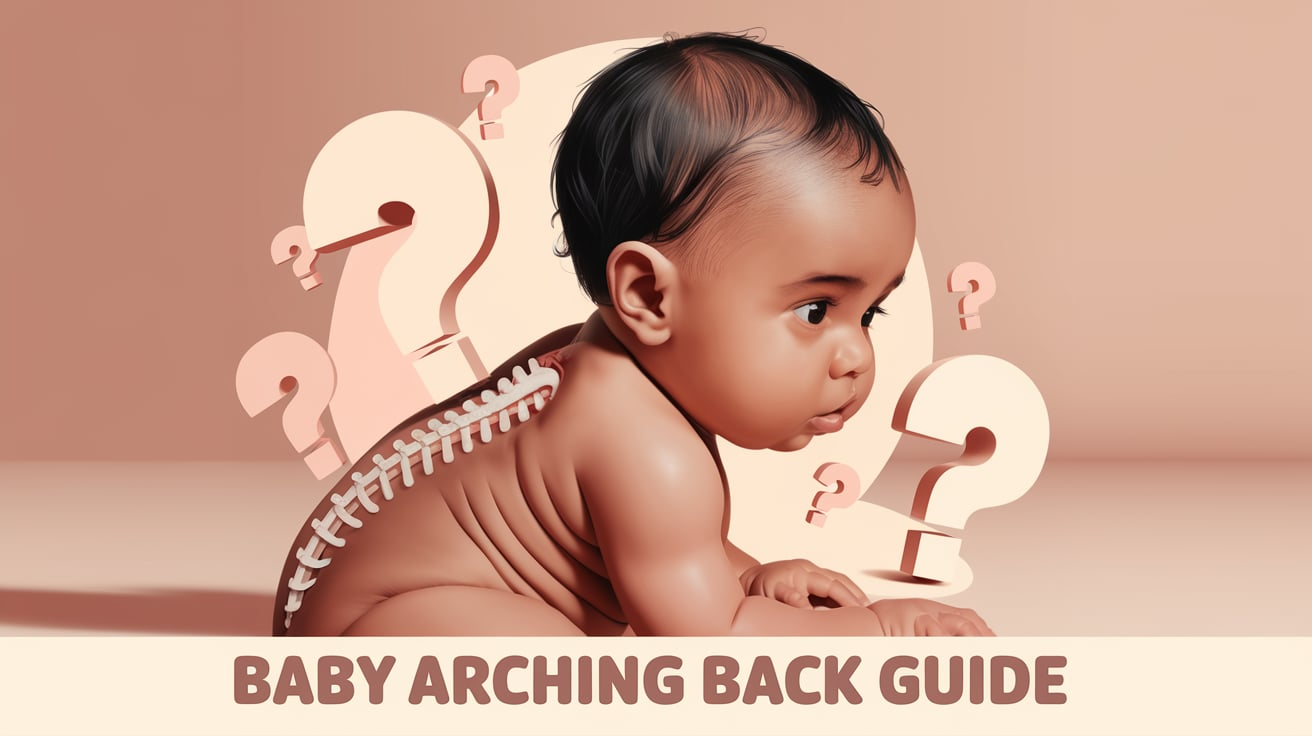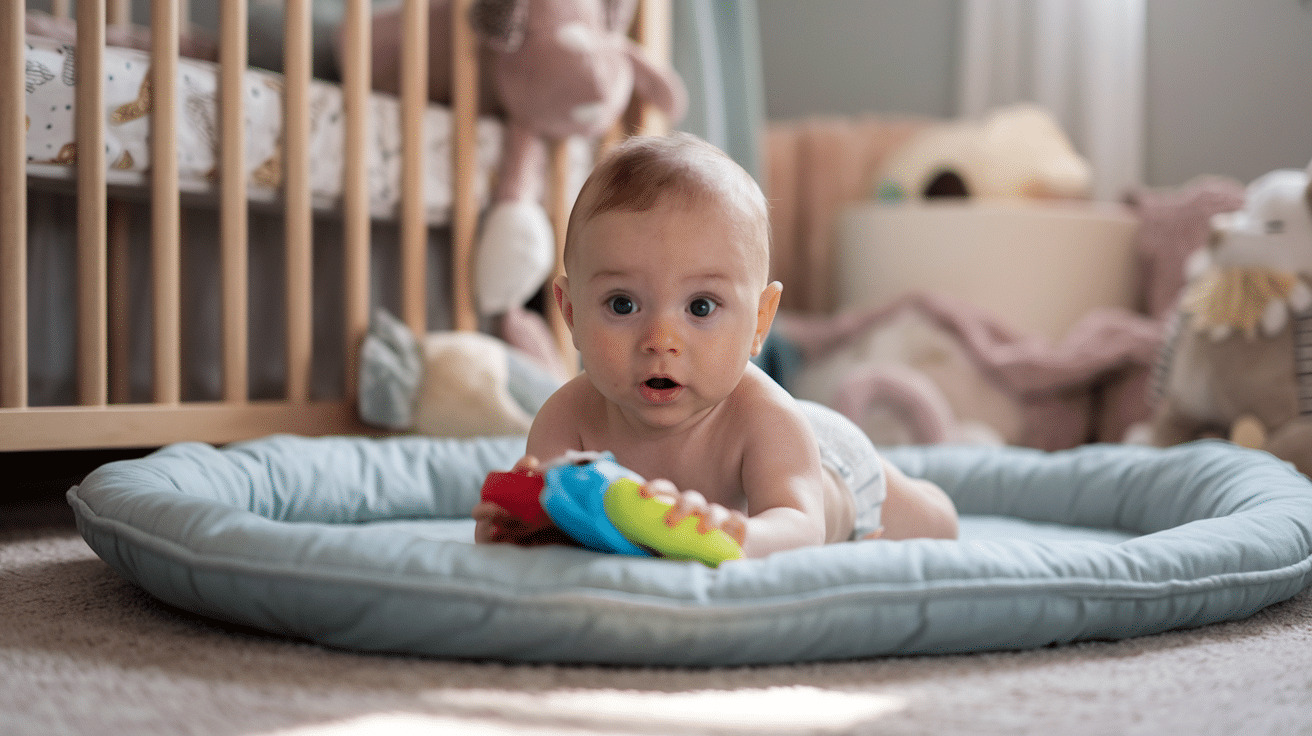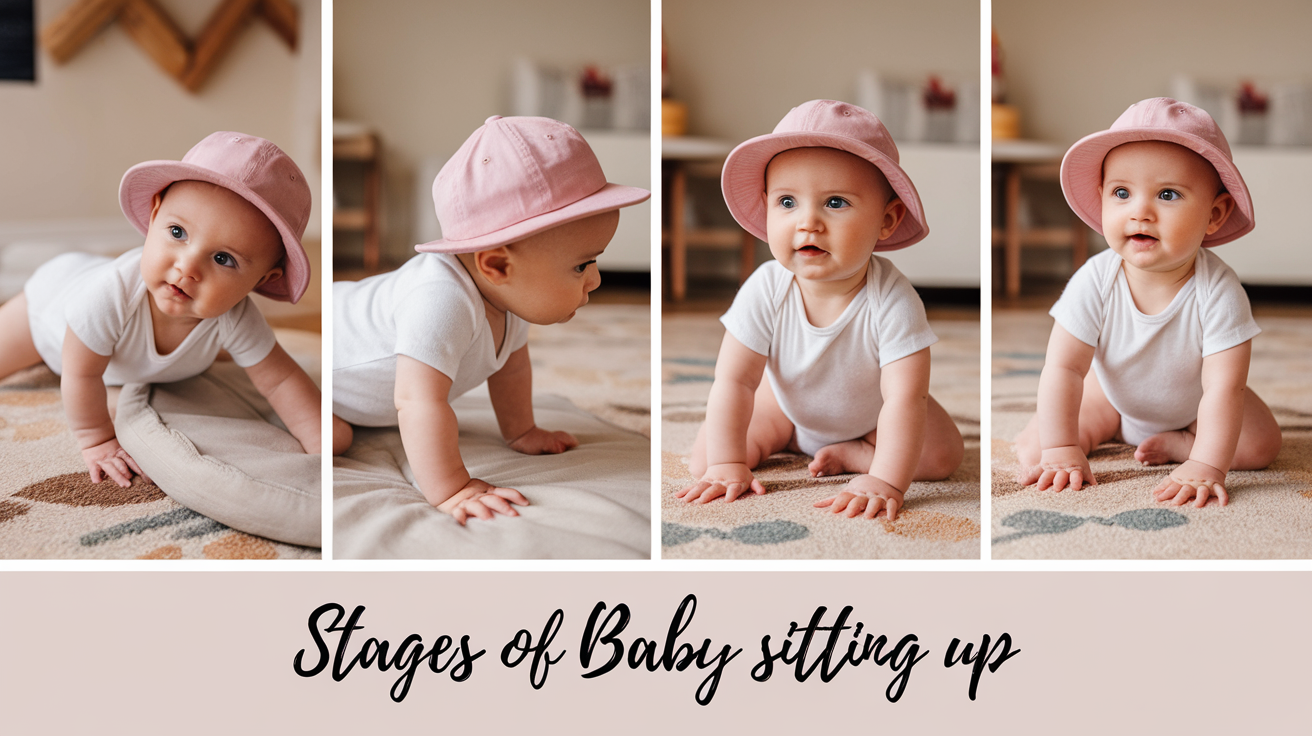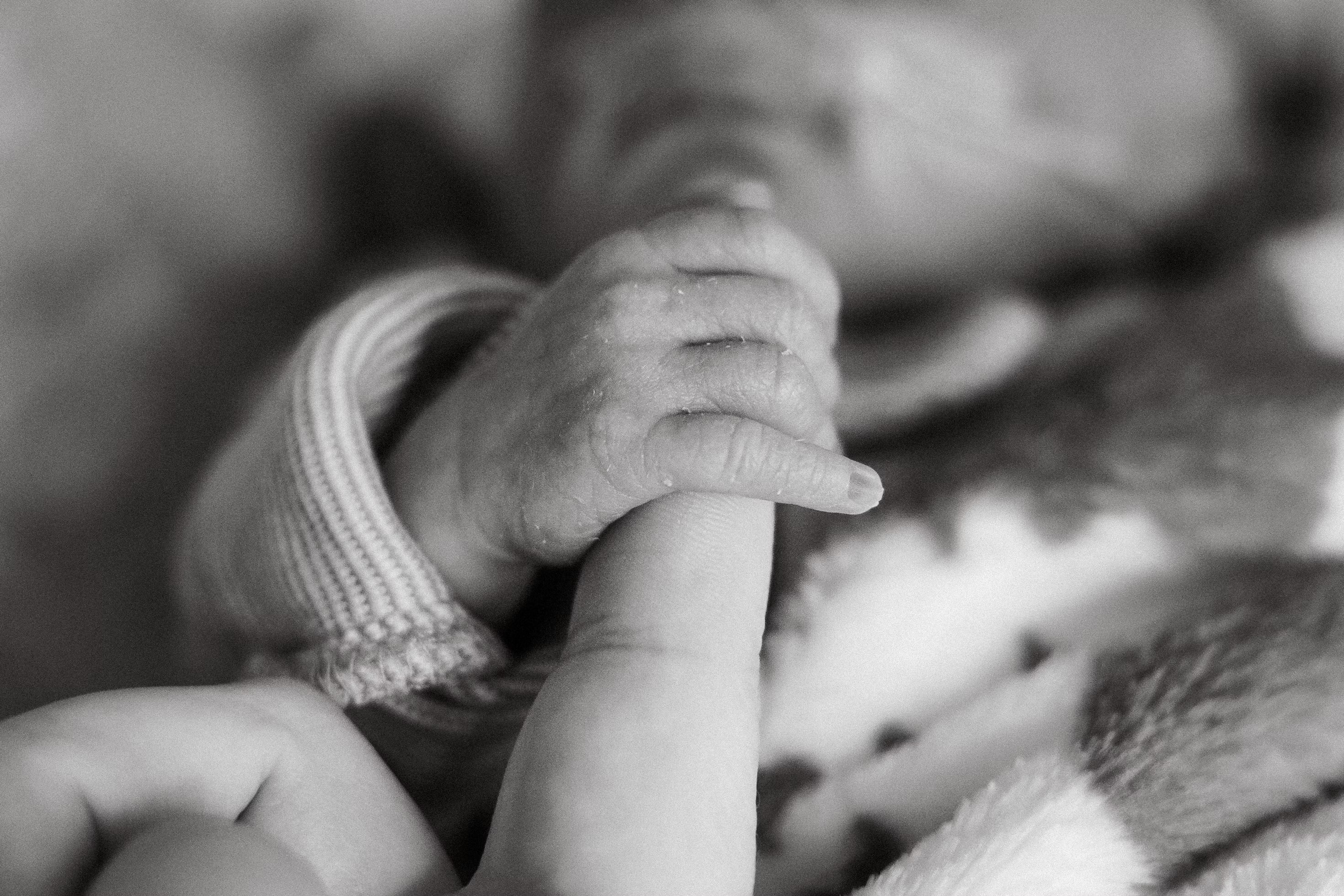
Sleep patterns can make or break your day with a baby. At 6 months, your little one needs specific awake time between naps to build just the right amount of tiredness without becoming cranky.
Most 6-month-olds thrive with 2-3 hours of awake time between sleep periods. Getting this timing right helps babies fall asleep more easily and stay asleep longer.
Fun fact: Babies at 6 months spend about 40% of their sleep in REM (dream) state, nearly twice the amount adults experience!
Watch for sleep signals like eye rubbing, fussiness, or decreased activity to spot your baby’s perfect window.
Consistent wake windows support better naps, which directly improve night sleep quality. Putting your baby down too early or too late can lead to short naps and nighttime wake-ups.
What are Wake Windows?
Wake windows are the periods when babies are awake between sleep sessions. These timeframes vary by age, starting at 45-60 minutes for newborns and extending to 3-4 hours for older babies.
These intervals matter because babies get tired at predictable times. Watching for sleepy cues helps parents put babies down during their natural drowsy periods. Missing this window can lead to overtiredness, making it harder for babies to fall and stay asleep.
Understanding wake windows helps establish healthy sleep patterns. When babies sleep at appropriate times, they’re more likely to get the rest needed for proper brain development and growth.
Parents can track wake periods to create consistent routines. This predictability helps babies feel secure and learn when it’s time to sleep, gradually building their internal body clock that will serve them throughout life.
Here’s the revised content with the timing in a table format:
6-Month-Old Wake Windows
Most 6-month-olds stay awake for 2-3 hours between sleep periods. This timing helps babies get proper rest without becoming too tired.

A typical day might look like:
| Time | Activity |
|---|---|
| 7:00 AM | Morning wakeup |
| 9:30 AM | First nap |
| 11:30 AM | Wake from nap |
| 2:00 PM | Second nap |
| 3:30 PM | Wake from nap |
| 6:30 PM | Final nap (optional) |
| 7:30 PM | Bedtime routine |
| 8:00 PM | Nighttime sleep |
Most babies this age take 2-3 naps daily. Watch for signs like eye rubbing, fussiness, or decreased activity to know when your baby needs sleep.
Consistent timing helps build healthy sleep habits, but stay flexible based on your baby’s signals and needs each day.
Signs Your 6-Month-Old Is Ready for Sleep

Is your baby sending sleep signals? Watch for these telling signs that your little one needs rest.
When babies rub their eyes or tug at their ears, they’re showing classic fatigue signals. Fussy behavior and sudden mood shifts often mean sleep time is near.
Some babies look away or seem less focused when tired. Others might pull at their hair or show reduced interest in toys.
The difference between a not-tired-enough baby and an exhausted one comes down to intensity. A slightly tired baby may seem content but calm, while an overly tired infant often cries harder and fights sleep.
Timing matters, too. Most 6-month-olds stay awake 2-3 hours between naps. Watch your baby, not the clock, for the most accurate sleep cues.
Learning these signs helps create smoother bedtimes for your growing little one.
6-Month-Old Baby: Sample Daily Schedule
Your little one is growing! At six months, most babies need about 12-14 hours of total sleep with 2-3 rest periods during the day.
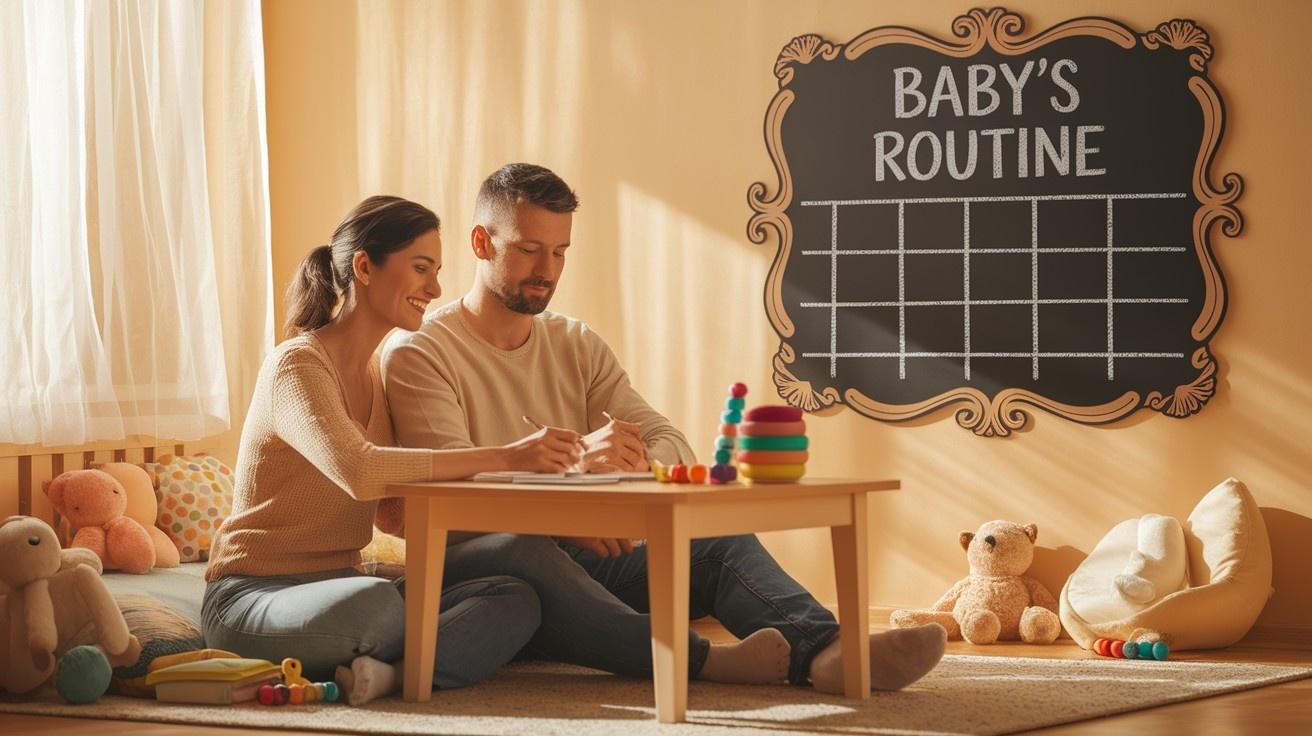
1. Morning Routine
Wake between 6 and 7 a.m., followed by feeding and play time to start the day with positive interactions.
The first rest occurs 2-2.5 hours after waking, typically around 8:30-9:30 a.m., depending on when your baby naturally wakes up.
2. Midday Pattern
After the first rest, enjoy feeding and activity time, including tummy time or simple sensory activities.
The second rest typically occurs 2.5-3 hours after the previous wake-up, often between 12:30 and 2 p.m. for many babies.
Allow for quiet play after lunch, with books or gentle toys to help transition to rest time. Create a consistent pre-nap routine similar to your morning one, perhaps with a brief song or gentle rocking
3. Evening Approach
The Final active period includes dinner, bath, story, and feeding to create a consistent wind-down sequence.
Start calming activities 30 minutes before sleep time. Dimming lights and reducing stimulation will help signal that nighttime sleep is coming.
4. Schedule Types
Some families prefer clock-based timing, with naps at set hours like 9 a.m. and 1 p.m. and bedtime consistently at 7 p.m. Others follow the baby’s natural rhythm using time between rests as their guide, which allows for flexibility while still maintaining appropriate sleep patterns.
Consistency helps your baby thrive no matter which approach you choose!
Common Mistakes to Avoid
Parents often keep their little ones up too long, causing overtiredness that makes falling asleep harder. Watching the clock alone isn’t enough.
Babies show signs when they need rest, such as yawning, eye rubbing, and fussiness. These signals matter more than strict schedules.
Some think skipping naps will help nighttime sleep. This approach backfires. Well-rested babies actually sleep better at night.
Consistency helps build healthy sleep patterns. Creating a simple pre-sleep routine signals it’s time to rest.
Remember that every baby differs in sleep needs. What works for one may not work for another. Patience and observation will help you find what works best for your little one.
Most Common Mistake: The most common mistake is keeping babies awake too long, leading to overtiredness and poor sleep.
Tips for Managing 6 Month Old Wake Windows Successfully
At 6 months, babies typically stay awake for 2-3 hours between sleep periods. Creating a steady daily plan helps both the baby and the parents know what to expect.
Fill wake times with age-fitting play that builds skills without causing tiredness. Try tummy time, simple toys, and songs to keep your baby engaged but not overexcited.
Start quiet time 15-30 minutes before planned sleep. This signals to your baby that rest is coming soon. Good pre-sleep options include soft talking, gentle rocking, or reading a short book.
Watch for sleep signs like eye rubbing or fussiness. Putting the baby down drowsy but awake teaches self-soothing skills. Small changes to room darkness and noise can also help the baby settle more quickly during daytime sleep periods.
Special Tip: Start winding down early with calming activities to help your baby transition smoothly from play to sleep.
When and How Wake Windows Change After 6 Months?

Sleep patterns shift naturally as babies reach 6 months. Your little one’s daytime rest needs change as they grow, with fewer naps needed but longer stretches between sleeps.
Most babies do well with 2 to 3 hours between rests from 7 to 9 months. Watch for tired signs rather than strictly following the clock.
When you notice your baby fighting sleep or waking too early, make small 15-minute changes to their schedule. Follow your baby’s signals, and make sure their room supports good sleep with proper darkness and white noise.
Changes happen gradually, not overnight. Give your child time to adapt to new patterns before making further adjustments.
Remember that every baby differs, so stay patient as you both learn this new rhythm together.
Final Words
Watch your baby, not the clock. While timing matters, your little one’s signals tell you what they truly need.
Sleep cues like eye rubbing, fussiness, and yawning often signal it’s time for rest. Each baby differs in how long they can stay awake comfortably.
Younger infants typically need sleep after 45-60 minutes of wakefulness, while older babies can stay alert for 2-3 hours. These patterns shift as your child grows.
Trust your instincts. You know your baby best. Use timing as a helpful tool, not a strict rule.
Adjust as needed. Some days require more sleep, others more play. Growth spurts, developmental leaps, and environment changes affect sleep needs.
Finding a balance between consistency and flexibility creates a sleep approach that works for both you and your baby.










